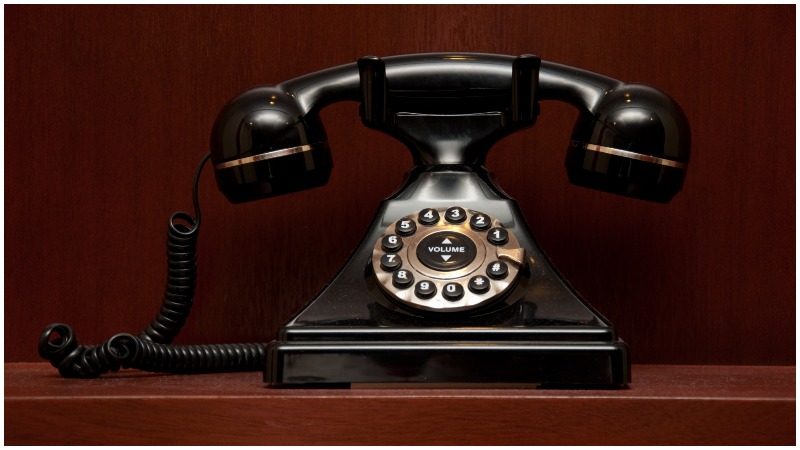Scottish-born scientist and inventor, Alexander Graham Bell, is best known for inventing the telephone in 1876, but he lent his powerful mind to a number of other ideas, too. He did important work around communication for the deaf, according to Biography.
In his later life, he became involved in a group that was focused on flight, and he also worked on hydrofoils and set a world speed record for this type of boat. One of his most fascinating ideas, which you’ve probably never heard of, is the photophone.
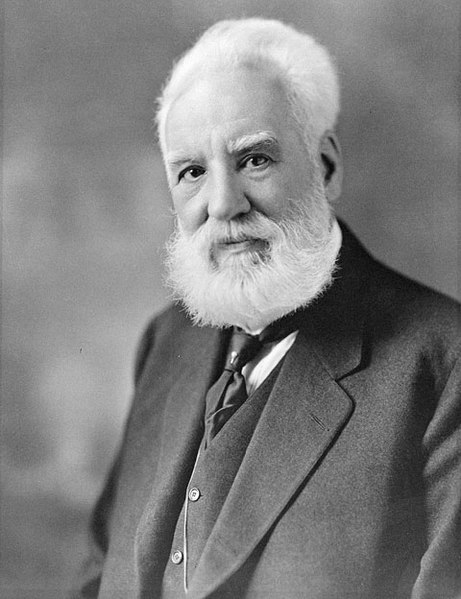
What, I can hear you asking, is a photophone? This invention was much like the telephone Bell had arguably already invented, but was designed to transmit sound using a beam of light instead of using electricity.
The photophone was jointly invented by Bell and his assistant, Charles Sumner Tainter, on February 19, 1880, in Bell’s lab in Washington, D.C.
On June 3rd that same year, Tainter transmitted a wireless voice message from the roof of the Franklin School to the window of Bell’s lab about 700 feet away, according to Revolvy.
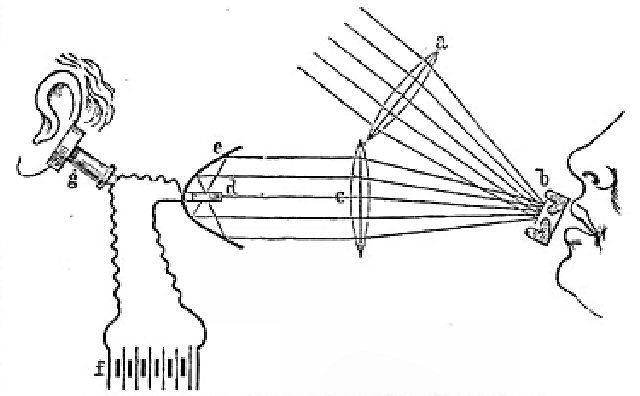
Thoughtco describes how the device worked. The voice was projected through an instrument toward the back of a mirror, which would oscillate when the vibrations from the voice hit it.
Sunlight was directed at the mirror, which captured those oscillations and projected them to a receiving mirror, at which point the oscillations were turned back into sound.
It’s a little like the tin-can-and-string telephones some people made as children, with light replacing the string and the mirrors acting as the cans. The photophone was the first device for wireless communication, beating the radio’s invention by 20 years.
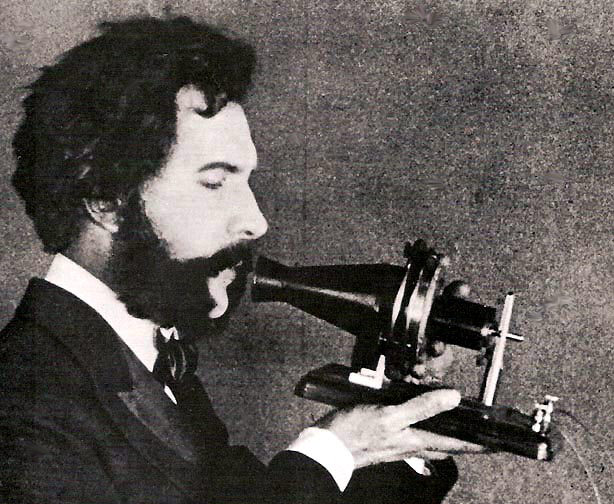
The master patent for the Apparatus for Signaling and Communicating (photophone) was granted in December of 1880, decades before the principles it used could be put into practical application.
Bell described the simplest version of the device as working with a flat, flexible mirror.
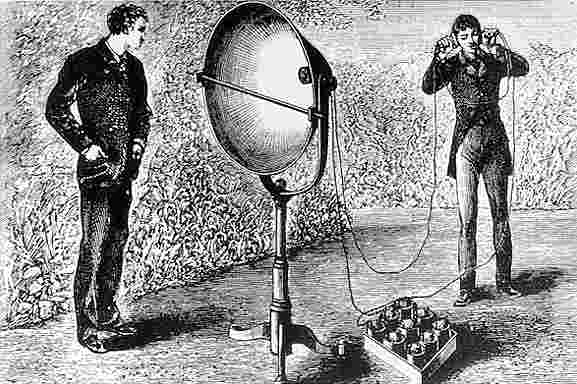
Under the vibrations of the voice, the mirror becomes alternately convex and concave, scattering and condensing the light.
How bright the light looked from the point of receipt varied as a result of the sound waves acting on the mirror. In its first form, the receiver was also non-electric.
Bell discovered that many things could be used as light-to-sound transducers, but that lampblack worked extremely well.
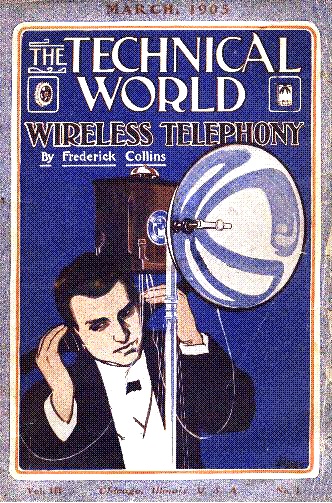
Bell transferred the intellectual property rights for the photophone to the American Bell Telephone Company in May 1880.
He hoped it might be used on ships at sea or as a way of removing the need for the telephone lines that were increasingly snaking their way along city streets, but there were practical factors that precluded that.
He also investigated the idea that the photophone may have uses in spectral analysis of things like sunspots and stars. While he did contemplate how his idea might be used in the future, he couldn’t imagine lasers, or mass telecommunications.
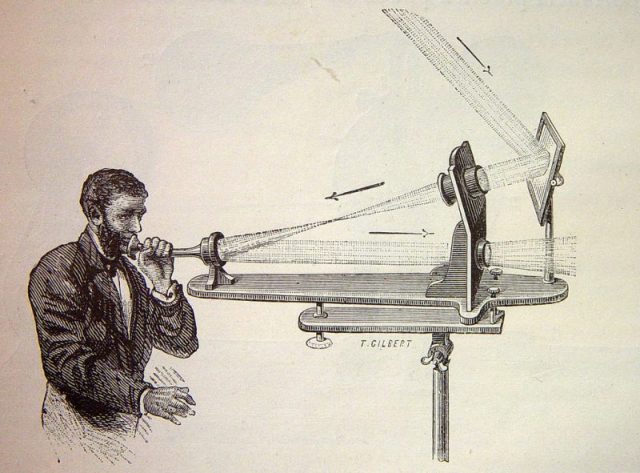
Bell, himself, described it as being his most important invention, even surpassing the telephone — and he was right.
The importance wasn’t fully realized for a long time, since there were certain problems with the concept that the technology of the day couldn’t address.
The first and most obvious problem was that there was no way to protect photophone transmissions from being interfered with by outside forces, like clouds, rain, snow, or fog.
The underlying ideas of transmitting sound by way of light continued to be tinkered with by scientists and engineers for decades, both in the U.S. and Europe, with regular incremental improvements along the way. But it was nearly 100 years later when the true genius of Bell’s idea came to fruition with the invention of fiber-optics in the 1970s, when the idea to protect the light using cables was developed.
Read another story from us: Why do People say “Hello” when Answering the Phone?
Bell’s work was the seed for the growth of the fiber-optic telecommunication networks that today send telephone and internet signals all around the world.
